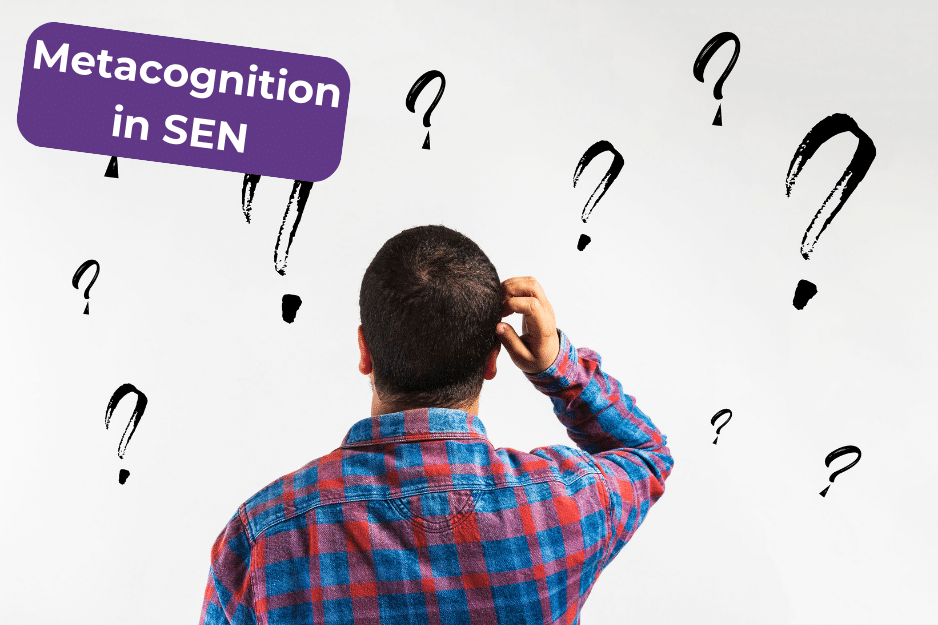Introduction:
Embark on a journey to better support students with specific learning difficulties (SpLD) by delving into the world of self-questioning strategies. This article explores the manifold benefits of self-questioning and offers educators practical techniques to implement in their classrooms, fostering active engagement and independent problem-solving skills.
Enhancing Active Engagement:
Self-questioning serves as a catalyst for active student engagement in the learning process. As students pose questions to themselves, they are compelled to think critically and contemplate the presented material. This heightened involvement facilitates improved comprehension and enhanced retention of information.
Promoting Independent Problem-Solving Skills:
Beyond active engagement, self-questioning strategies serve as a crucible for nurturing independent problem-solving skills. When students engage in self-directed questioning, they are essentially honing their ability to navigate challenges autonomously. This empowerment leads to increased self-reliance and confidence in tackling academic hurdles.
Strategies for Implementing Self-Questioning:
a. Model self-questioning: Educators should demonstrate self-questioning techniques by thinking aloud and articulating the problem-solving thought process. This provides students with a clear understanding of how to pose relevant questions to themselves.
b. Provide prompts: Teachers can supply students with question prompts to guide their self-questioning. These prompts can be displayed on the board, integrated into worksheets, or distributed as handouts. Examples include questions like “What existing knowledge do I have about this topic?” or “What steps can I take to solve this problem?”
c. Encourage metacognition: Teachers should stimulate students to engage in metacognitive reflection by prompting questions such as “What insights did I gain from this activity?” or “Which strategies proved effective for me?” This fosters metacognitive awareness and heightens students’ self-awareness of their learning journey.
Individualise self-questioning strategies:
Given the unique learning styles and needs of students with SpLD, it is imperative for educators to tailor self-questioning strategies. This might entail customizing question prompts to align with individual students, offering additional support when necessary, or allowing flexibility in the types of questions students can pose to themselves.
Conclusion:
Self-questioning strategies stand as a valuable resource for students grappling with specific learning difficulties (SpLD). By actively engaging in the learning process and honing independent problem-solving skills, these students can surmount obstacles and achieve academic success. Educators hold a pivotal role in implementing self-questioning techniques and should strive to foster an inclusive classroom environment that accommodates the distinct needs of students with SpLD.




